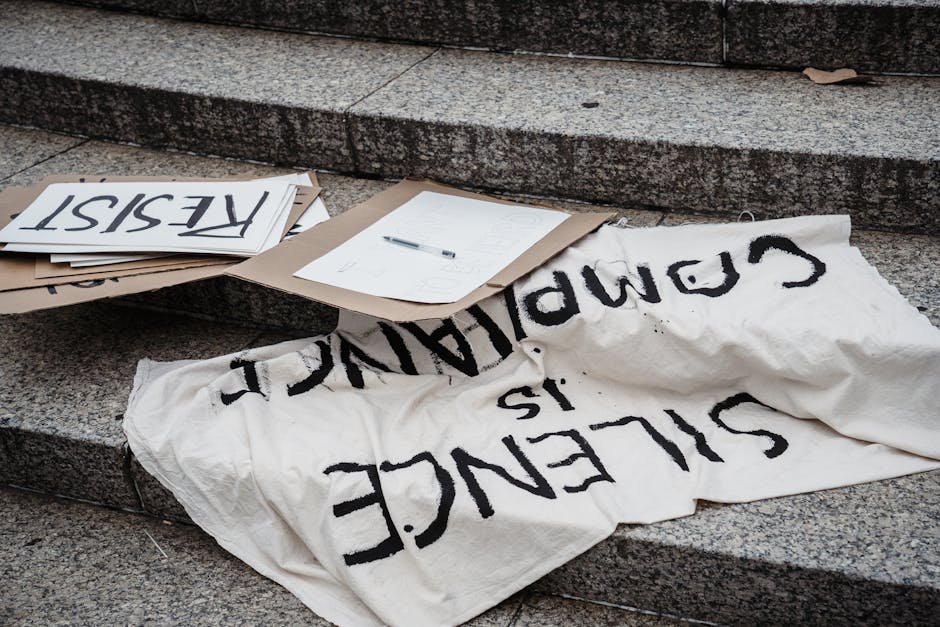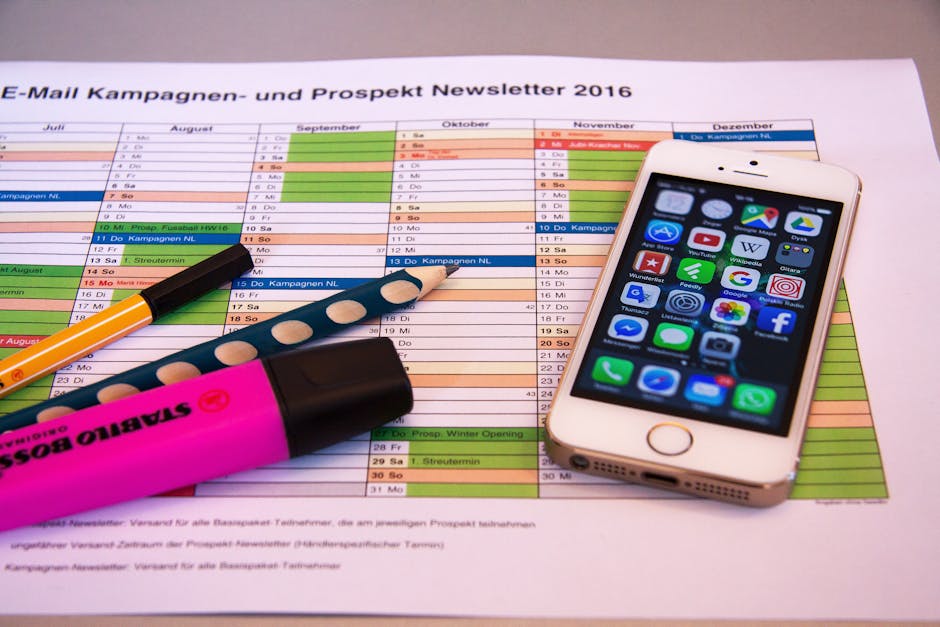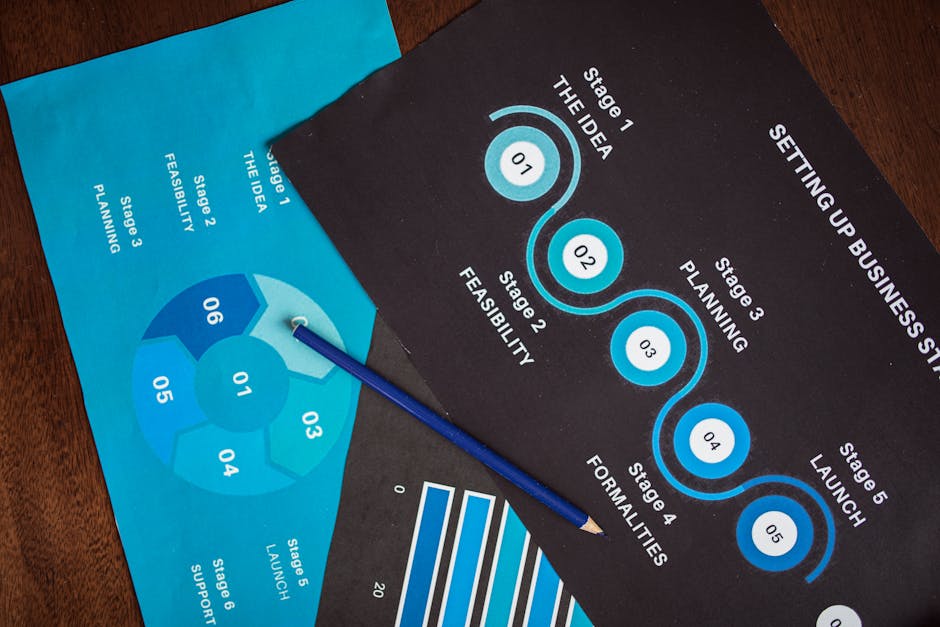Scheduling Facebook posts is crucial for effective political campaigns. This guide provides a step-by-step approach to planning and scheduling your content for maximum impact.
Quick Answer Summary
This comprehensive guide covers essential aspects of schedule facebook posts for campaigns: a step-by-step guide, including practical steps, best practices, and expert insights.
Introduction: Why Schedule Facebook Posts for Political Campaigns?
In today's political landscape, a strong and consistent online presence is no longer optional; it's essential for effective campaigning. Facebook remains a powerful platform for reaching voters, disseminating information, and engaging in crucial dialogues. However, managing a Facebook page for a political campaign can be incredibly time-consuming. This is where scheduling Facebook posts becomes invaluable.
Benefits of Scheduling:
- Time Management and Efficiency: Scheduling allows you to batch your content creation and planning. Instead of scrambling to post daily, you can dedicate specific time blocks to create content for the week or even the month.
- Strategic Planning and Consistency: A well-planned content calendar is vital for any successful campaign. Scheduling enables you to strategically align your posts with key campaign milestones, events, and messaging priorities. Consistent posting keeps your audience engaged and informed.
- Reaching Target Voters Effectively: Scheduling allows you to post when your target audience is most active on Facebook. This maximizes visibility and engagement, ensuring your message reaches the right people at the right time.
💡 Pro Tip: Many social media platforms, including Facebook, offer built-in scheduling tools. Explore these options to streamline your content management workflow. Additionally, consider using a social media management platform like PostLayer to centralize scheduling across multiple platforms and access more advanced features like analytics and team collaboration.
By strategically scheduling your Facebook posts, you can significantly improve your campaign's efficiency, consistency, and reach. This frees up valuable time to focus on other critical aspects of your campaign, such as voter outreach, fundraising, and policy development. Ultimately, effective scheduling can contribute to a more impactful and successful political campaign.
Step 1: Define Your Campaign Goals and Target Audience
Before diving into the technical aspects of scheduling Facebook posts for your political campaign, it's crucial to establish a solid foundation. This begins with clearly defining your campaign goals and deeply understanding your target audience. These initial steps will inform your content strategy and ensure your messages resonate effectively.
Key Considerations:
- Identifying Key Objectives: What are you hoping to achieve? Common goals include voter registration drives, increasing name recognition for your candidate, fundraising efforts, or persuading undecided voters. Clearly define 2-3 primary objectives to focus your content around.
- Understanding Your Target Voter Demographics and Interests: Who are you trying to reach? Consider factors like age, location, gender, income level, education, political affiliation, and key interests. Many campaigns utilize voter data and polling information to create detailed audience personas. The more you know about your audience, the more effectively you can tailor your messages.
- Crafting Messages that Resonate with Your Audience: Once you understand your audience and objectives, you can develop compelling content. Focus on their concerns, values, and aspirations. Use clear, concise language and avoid jargon. Tailor the tone and style of your posts to match the preferences of your target demographic. Visual content, such as images and videos, often performs well on Facebook.
💡 Pro Tip: Develop multiple audience personas based on different voter segments within your target area. Tailor your messaging to appeal to each persona's specific needs and interests, increasing the likelihood of engagement and positive outcomes.
By investing time in defining your campaign goals and understanding your target audience, you'll be well-equipped to create a Facebook content strategy that drives results. This groundwork is essential for ensuring that your scheduled posts are not only timely but also highly effective in achieving your campaign objectives.
Step 2: Create a Content Calendar for Your Political Campaign
A well-defined content calendar is the backbone of any successful political campaign's social media strategy. It provides a roadmap for what you'll post, when you'll post it, and ensures a consistent and strategic online presence. Without a content calendar, your social media efforts can feel disorganized and reactive, potentially missing crucial opportunities to connect with voters.
Key Considerations:
- Brainstorm Content Ideas: Think about the different facets of your campaign. This includes upcoming events (rallies, town halls), your candidate's policy positions on key issues, and opportunities to showcase the candidate's personal story and background.
- Plan Around Key Dates: Mark important dates on your calendar, such as debates, election day, and primary dates. Tailor your content to build anticipation and engagement leading up to these events, and ensure timely reminders for voters.
- Content Variety: Strive for a balance between informative, engaging, and persuasive content. Informative posts can share policy details, engaging posts can highlight community involvement, and persuasive posts can directly advocate for votes.
💡 Pro Tip: Use a spreadsheet or a dedicated social media management tool to create your content calendar. This will help you visualize your posting schedule and track your progress. Platforms like PostLayer offer visual content calendars to help you plan and schedule your content across multiple platforms effectively.
By taking the time to create a comprehensive content calendar, you can ensure that your campaign's social media efforts are focused, strategic, and ultimately more effective in reaching and persuading voters. Remember to regularly review and adjust your calendar based on campaign developments and audience feedback.
Step 3: Write Compelling Facebook Posts
The effectiveness of your Facebook campaign hinges on the quality of your posts. Compelling content is crucial for capturing attention, engaging your audience, and driving desired actions. This involves carefully crafting your message, selecting impactful visuals, and strategically incorporating calls to action.
Key Considerations:
- Crafting Attention-Grabbing Headlines and Visuals: Your headline is the first thing people see, so make it count. Use strong verbs, ask thought-provoking questions, or highlight key benefits. High-quality visuals are equally important. Opt for professional photos, engaging videos, or eye-catching graphics that are relevant to your message.
- Using Clear and Concise Language: Get straight to the point. Use simple language that is easy to understand. Avoid jargon or complex terminology. Break up large blocks of text with bullet points or shorter paragraphs to improve readability.
- Including Calls to Action: Tell your audience what you want them to do. Use clear and direct calls to action, such as "Volunteer Today," "Donate Now," or "Vote [Candidate Name]." Make it easy for people to take the desired action by including direct links or clear instructions.
💡 Pro Tip: A/B test different headlines, visuals, and calls to action to see what resonates best with your audience. Pay attention to which variations generate the most engagement and adjust your strategy accordingly.
By focusing on crafting attention-grabbing headlines, using clear and concise language, and including strong calls to action, you can create Facebook posts that are more likely to engage your audience and achieve your campaign goals. Remember to tailor your message to your target audience and consistently deliver valuable content.
Step 4: Scheduling Your Facebook Posts
Once your political campaign's Facebook content calendar is planned, scheduling your posts is the next crucial step. This ensures consistent messaging, optimized posting times, and frees up your team to focus on other campaign activities. There are several ways to schedule posts on Facebook, each with its own advantages.
Key Considerations:
- Timing: Consider when your target audience is most active on Facebook. Posting during peak engagement times can significantly increase visibility.
- Content Variety: Schedule a mix of content types, including images, videos, links, and text updates, to keep your audience engaged.
- Review and Revise: Regularly review your scheduled posts to ensure they are still relevant and aligned with your campaign's messaging. Be prepared to adjust based on current events.
Using Facebook's Built-In Scheduling Tool
Facebook offers a built-in scheduling tool that's readily accessible. When creating a post on your Page, look for the option to schedule it for a future date and time. This is a basic but useful option for simple scheduling needs. It allows you to plan posts directly within the platform, eliminating the need for additional software, but it may lack some of the advanced features offered by third-party tools.
Exploring Third-Party Social Media Management Tools
Many third-party social media management tools offer more robust scheduling features. These platforms often provide advanced analytics, team collaboration features, and the ability to schedule posts across multiple social media platforms simultaneously. Examples include Hootsuite, Buffer, and Sprout Social. These platforms can be particularly beneficial for campaigns managing a diverse social media presence.
Scheduling with PostLayer: A User-Friendly Option
PostLayer is a modern SaaS platform designed to simplify social media scheduling and content management. Its intuitive interface and affordable pricing make it an attractive option for political campaigns of all sizes. PostLayer's visual content calendar provides a clear overview of your scheduled posts, and its bulk scheduling feature can save significant time when planning content for weeks or months in advance.
PostLayer Features for Political Campaigns
For political campaigns, PostLayer offers several valuable features. The platform supports scheduling to Facebook, along with other key platforms like Instagram and X. The AI caption generator can help create engaging content, while the hashtag suggestions feature can improve post visibility. Furthermore, PostLayer's analytics and insights can help track the performance of your posts and refine your strategy. Features like team collaboration can streamline content creation and approval processes.
💡 Pro Tip: When scheduling, stagger your posts throughout the day to reach different segments of your audience. Avoid posting too many updates in a short period, as this can overwhelm your followers.
By leveraging the right scheduling tools and strategies, your political campaign can maximize its reach and impact on Facebook, ensuring your message is delivered effectively and efficiently.
Step 5: Monitor and Analyze Your Facebook Post Performance
Once your Facebook posts are scheduled and published for your political campaign, the work isn't over. In fact, it's crucial to actively monitor and analyze their performance. This data provides valuable insights into what resonates with your audience, allowing you to refine your content strategy and maximize your campaign's impact. Ignoring post-performance data is like driving with your eyes closed; you're likely to miss important cues and opportunities.
Key Metrics to Track:
- Reach: How many unique individuals saw your post. A higher reach indicates broader visibility.
- Engagement: This includes likes, comments, shares, and clicks. High engagement suggests your content is captivating and encourages interaction.
- Website Clicks: If your post includes a link to your campaign website, track how many users click through. This reveals how effectively your posts drive traffic and potential donations or volunteer sign-ups.
💡 Pro Tip: Pay close attention to the demographics of users engaging with your posts. This information can help you tailor future content to specific voter segments.
Analyzing post performance involves looking for patterns and trends. Which types of posts consistently generate higher engagement? What topics resonate most with your audience? What time of day do your posts perform best? Answering these questions will inform your future content creation and scheduling decisions. Many social media management platforms, like PostLayer, offer built-in analytics dashboards to help you track and visualize this data, simplifying the process. By understanding what works and what doesn't, you can optimize your content strategy to reach more voters and achieve your campaign goals.
Finally, remember that data is only valuable if you act on it. Use the insights gained from your post-performance analysis to adjust your content strategy. This might involve changing the types of content you create, the tone you use, the topics you cover, or the times you schedule your posts. Continuous monitoring and analysis, coupled with strategic adjustments, are essential for a successful political campaign on Facebook.
Step 6: Engage with Your Audience
Scheduling your Facebook posts is a crucial step in any political campaign's digital strategy, but it's only half the battle. True engagement with your audience requires active participation and genuine connection. After scheduling your content, it's essential to dedicate time to interacting with voters online, fostering a sense of community, and building trust. Remember, social media is a two-way street, and consistent engagement can significantly amplify your campaign's message.
Key Considerations:
- Responding to Comments and Messages Promptly: Aim to respond to comments and messages as quickly as possible. This shows voters that you value their input and are actively listening to their concerns. Even a simple acknowledgment can go a long way.
- Participating in Relevant Conversations: Monitor relevant conversations happening on Facebook, including those on your own page and in public groups. Offer insightful contributions, answer questions, and address any misinformation or concerns about your campaign.
- Building Relationships with Voters Online: Engage in meaningful interactions that go beyond simply answering questions. Share personal stories (where appropriate), ask for feedback, and create opportunities for voters to connect with each other and with your campaign on a more personal level.
💡 Pro Tip: Consider using a social media management platform like PostLayer to help you stay organized and respond efficiently to comments and messages across multiple social media accounts. PostLayer's unified inbox can streamline your communication efforts, ensuring that no message goes unanswered.
By actively engaging with your audience, you can transform your Facebook page from a broadcast channel into a dynamic forum for discussion and connection. This active engagement can lead to increased voter support, improved campaign visibility, and a stronger sense of community around your political goals.
Conclusion: Maximizing Your Political Campaign's Reach on Facebook
Successfully scheduling Facebook posts for a political campaign involves several key steps. First, define your target audience and tailor your messaging accordingly. Next, create compelling content that resonates with your audience, whether it's informative updates, engaging visuals, or calls to action. Utilize Facebook's scheduling tool or a third-party platform to plan and automate your posts for optimal timing and consistency. Remember to proofread carefully and monitor performance metrics to refine your strategy.
Key Steps for Effective Facebook Scheduling:
- Define your target audience and their interests.
- Craft high-quality, engaging content.
- Schedule posts strategically, considering peak engagement times.
- Monitor post performance and adjust your strategy as needed.
The political landscape is constantly shifting, so adaptability is paramount. Don't be afraid to experiment with different content formats, posting times, and messaging styles to see what resonates best with your audience. Regularly analyze your Facebook Insights to identify trends, track engagement, and understand what's working and what's not. Continuous improvement is crucial for maximizing your impact.
💡 Pro Tip: Stay informed about current events and adjust your content calendar accordingly to capitalize on trending topics and relevant discussions.
Leveraging social media effectively can significantly contribute to a political campaign's success. By implementing a well-planned Facebook scheduling strategy, you can reach a wider audience, build stronger connections with voters, and drive meaningful engagement. This strategic approach, combined with compelling content and continuous optimization, can help you achieve your campaign goals and make a lasting impact. Many campaigns find that using tools to streamline the scheduling process, such as PostLayer, can free up valuable time to focus on other crucial campaign activities.
Conclusion
Understanding and implementing the strategies outlined in this guide will help you make the most of schedule facebook posts for campaigns: a step-by-step guide. The key is to start with the fundamentals and gradually build upon your knowledge and skills.
🔑 Key Takeaways
- •Why Schedule Facebook Posts for Political Campaigns?
- •Step 1: Define Your Campaign Goals and Target Audience
- •Step 2: Create a Content Calendar for Your Political Campaign
- •Step 3: Write Compelling Facebook Posts
Quick Answer: Scheduling Facebook posts is crucial for effective political campaigns.
Maximize Your Campaign's Reach with Strategic Facebook Scheduling
Ready to take your political campaign's Facebook strategy to the next level? PostLayer simplifies scheduling, provides AI-powered caption suggestions, and offers smart scheduling recommendations to ensure your message reaches the right voters at the right time. Get started with a 7-day free trial – no credit card required!
Start Your Free Trial Now

